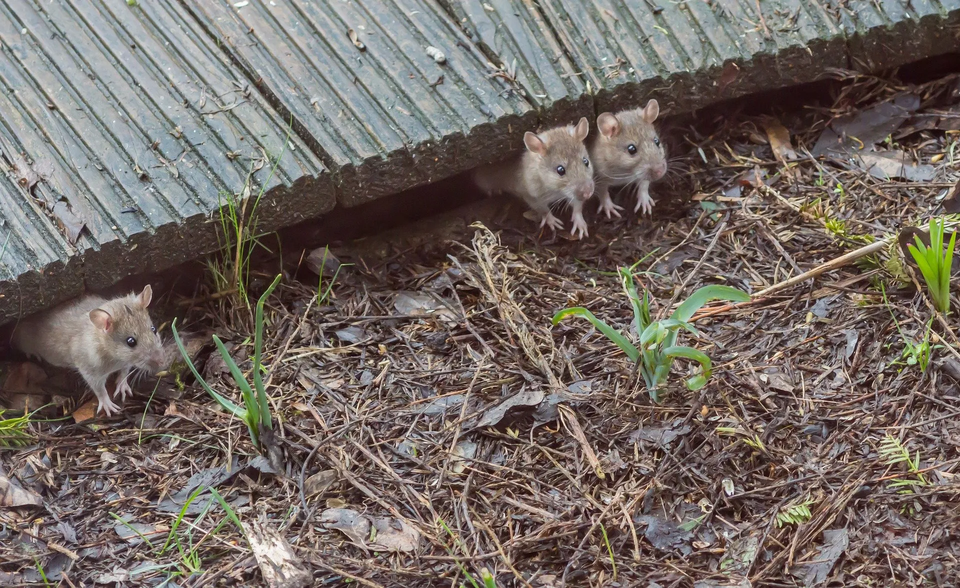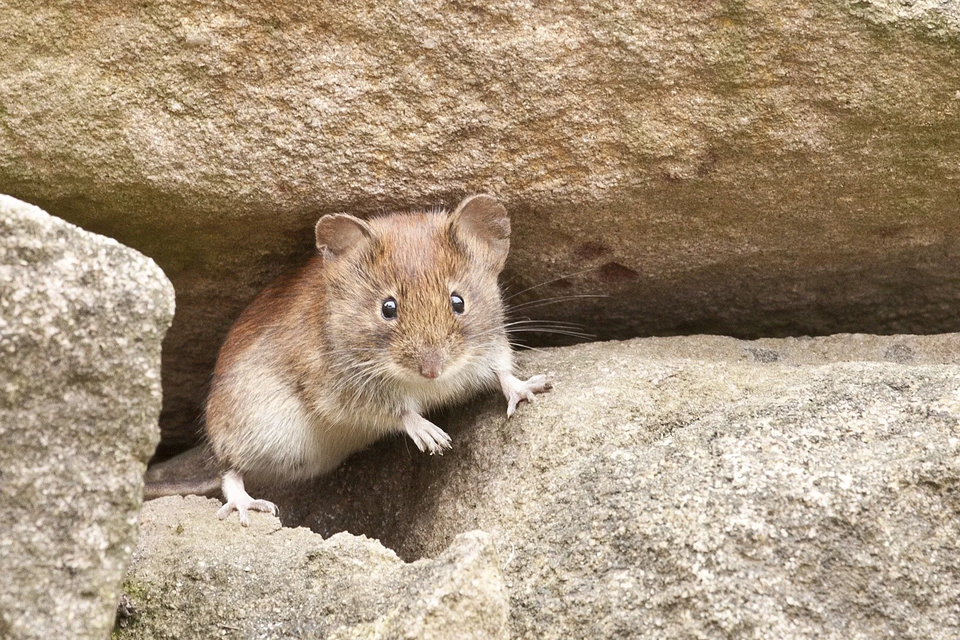6 Common Rodents Every Homeowner Should Know
A few short years ago, home ec teachers and parents imparted home maintenance knowledge surrounding food preparation, grocery shopping, and various other upkeep tasks. Unfortunately, basic pest control topics like signs of residential pests and how to identify common rodents were likely left to be self-taught (i.e. Googled).
As any seasoned householder knows, homeownership isn’t all lawn care and renovation projects. Pest issues come with the territory.
A
2012 study found that 84% of US homeowners dealt with a pest problem annually.
Recent
estimates from 2017 indicate that, more specifically, 37% of Americans have seen a rodent in their home over the last year.
Between the potential of rodents bringing disease into your home and the devastating amount of damage they may cause, a rodent infestation carries a high price tag. Learning the characteristics of these six common rodents could help you identify and eliminate a problem before it becomes unmanageable.
How to Identify 6 Common Rodents
Generally speaking, rodents do not hibernate in the winter. That means come fall, these furry critters are on the market for a new house – and their must-have list is short! Once they’ve found a crack or crevice that leads to warmth, food, and water, these six common household rodents make themselves at home.
You’re most likely to spot them in winter after they move in or summer when they (and their newly birthed offspring) are drawn to the scent of organic matter in places like the garden and trash. Despite a similar schedule, each of these common rodents is a little different.
1. House Mice
The common house mouse has large, rounded ears, a short, pointed snout, and a long tail (equal to the length of their body and head combined). They have short hair and range in color from light to dark brown, gray, and black. They’re fast critters, known to move as quickly as 12 feet per second, and make excellent runners, jumpers, and swimmers.
They reach sexual maturity within seven weeks and will produce 6-10 litters each year, with each litter containing 5-7 pups. Not-so-fun fact: a family of five mice will grow to as many as 40-50 in a matter of 90 days! Each mouse will live on average 15-18 months.
HOW TO IDENTIFY THEM:
- Scurrying and/or gnawing noises
- High-pitched squeaks
- Droppings - dark, about a quarter-inch in length, with pointed ends
- Dirt smudges on walls near the floor
- Gnaw marks on items like furniture, baseboards, and boxes
2. Norway Rats (Brown Rats, Wharf Rats, Sewer Rats)
Whether or not you’ve seen one in your home, you likely know what a Norway rat looks like. Think New York City and you’ve got a perfect picture. These large, stocky rodents are grayish-brown, have tiny ears, large, protruding black eyes, and huge, constantly growing teeth. This becomes a problem only when the rodents stop gnawing on hard materials. Favorite residential snacks of the Norway rat include lead pipes, house siding, soft concrete, and stone.
Frankly, the first sign of a Norway rat problem you’re likely to notice is the rat itself. Their bodies can measure up to 18-inches in length, although they average 7-10 inches (with tails shorter than their bodies). Despite their size, Norway rats can squeeze through holes the size of a quarter.
In their 5-12 month lifespan, female Norway rats generally produce about 20 offspring. Notably, unlike mice, these large rats may be aggressive when cornered to the point of biting humans in self-defense.
HOW TO IDENTIFY THEM:
- Seeing them
- Scurrying and/or gnawing noises
- Droppings - black, about a half-inch to three-quarter-inches in length, with blunt ends
- Gnaw marks
- Dirt or grease smudges on walls near the floor
- Nests in basements, dark corners, under low furniture, and in insulation
3. Roof Rats
Also known as ship rats, these large rodents are only found in the Southeastern states, as well as the coastal areas of Washington, Oregon, and California. They prefer higher elevations like attics, rooftops, and trees for their nests, though they will certainly make do with a basement or sewer.
Full-grown roof rats measure 13-17 inches and have particularly long tails to help them balance as they climb. Their bodies are generally brown or black, though their stomachs are much lighter (almost white).
They begin breeding around 2-3 months old and will produce 4-6 litters per year, each with 6-8 pups.
HOW TO IDENTIFY THEM:
- Scurrying and/or gnawing noises (particularly in the attic or walls)
- Droppings - black, about a half-inch in length, with blunt ends
- Gnaw marks on items like furniture, baseboards, and boxes
- Large nesting areas in high places like attics
4. Voles (Field Mice)
Homeowners with large backyards or who live near a field can add another culprit to their list of common rodents to look out for. While voles prefer to burrow in moist, dense, grasslands, and snack on plant roots, they may venture indoors in search of food.
Voles’ bodies are short and stout, with short, hairy tails. They look similar to house mice but have smaller ears and a more rounded head than their indoor relatives. They regularly produce 10-17 litters each year, with several pups per litter.
HOW TO IDENTIFY THEM:
- Soft spots in the yard and garden
- Plants that come out of the ground too easily
- Occasionally, they may be openly spotted inside the home on the hunt for food
5. Deer Mice
Similar to field mice, deer mice prefer rural areas where they can reside in barns, garages, and under trees. These rodents are reddish- to golden-brown with furry tails that are shorter than their 4-inch bodies. They also reproduce less frequently than their fellow rodents, delivering 2-4 litters per year with 4 pups per litter.
HOW TO IDENTIFY THEM:
- Scurrying and/or gnawing noises
- Droppings - dark, about a quarter-inch in length, with pointed ends
- Nests in barns, garages, or sheds
- Occasionally, they may be openly spotted inside the home on the hunt for food
6. Moles
While they do not typically pose an indoor threat, moles wreak havoc in yards and gardens. They burrow underground, creating tunnels and feeding on the roots of plants. As they approach the soil’s surface, they create mounds of dirt (molehills!).
HOW TO IDENTIFY THEM:
- Molehills in the yard
- Soft spots in the yard and garden
- Plants that come out of the ground too easily
- In rare instances, you can spot the rodents peeking above the surface
Homeownership doesn’t have to be complicated, but it may require some learning. Knowing the characteristics of each of these rodents makes you more prepared to identify and address an infestation in its early phase.
When you see one of these common rodents in your home,
give us a call right away!











